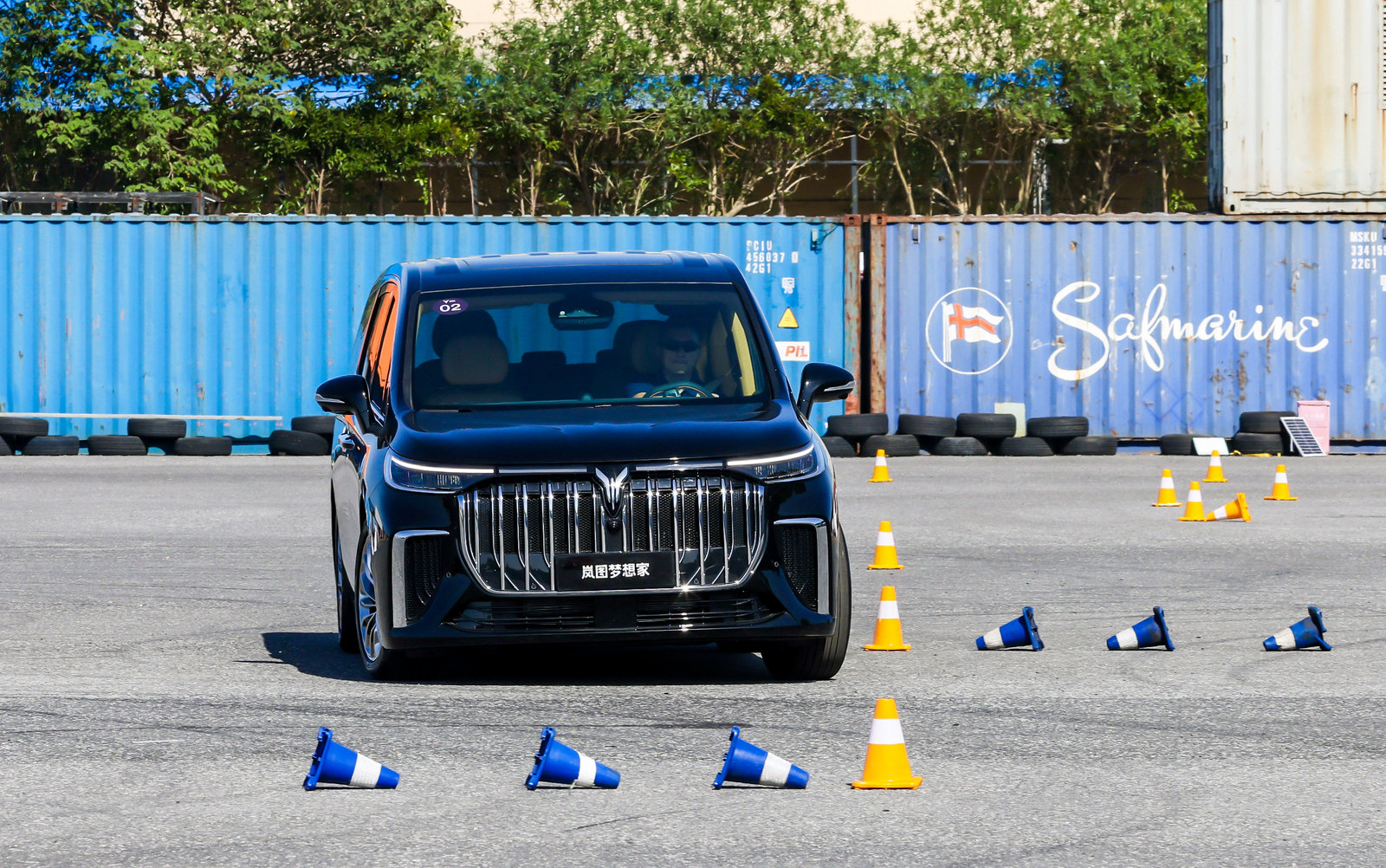A few days ago, the editorial department received a trial driving car of the Voyah FREE pure electric version, which impressed me the most with its well-tuned air suspension. Excellent road isolation, effective filtering of heavy bumps and impressive cornering support, all of which made me nod in approval after a profound experience.
Coincidentally, right after experiencing the Voyah FREE, the second product of Voyah, the Dreamer, began its field test drive. Surprisingly, the theme of Voyah’s trial driving this time is “Intelligent Driving Control,” presumably due to their confidence in the power and chassis performance of the Dreamer, which is close to 2.5 tons in weight and 5,315 mm in length.
Air suspension + Magic carpet, A longer long-board
The Dreamer’s chassis inherits from the Voyah FREE: front double-wishbone + rear five-link independent suspension with an aluminum alloy chassis. The air suspension of the Dreamer is the same as that of the Voyah FREE, supporting a 60 mm adjustable height for active adjustment of chassis height according to different circumstances.
The air suspension of the Dreamer has a higher scalability: it has a “VIP greeting mode,” in which the ground clearance will automatically drop to 103 mm when passengers get on and off or pick up their luggage. The Dreamer and Voyah FREE have the same “High Power Mode,” “Off-road Mode,” “Comfort Mode” / “Economy Mode.”
In “Comfort Mode” / “Economy Mode,” the ground clearance of the Voyah Dreamer’s chassis is 133 mm, and the travel of the damper is in the middle with more reserves.
In “High Power Mode,” the ground clearance of the chassis is 103 mm / 113 mm, at which point the suspension support is enhanced, the center of gravity is lowered, and the handling and stability are improved. In the Off-road Mode, the air suspension system is raised to the highest level, and the ground clearance reaches 163 mm.
In this mode, the ground clearance of the Voyah Dreamer MPV is already close to that of an SUV, and the passability is improved compared with traditional MPVs.
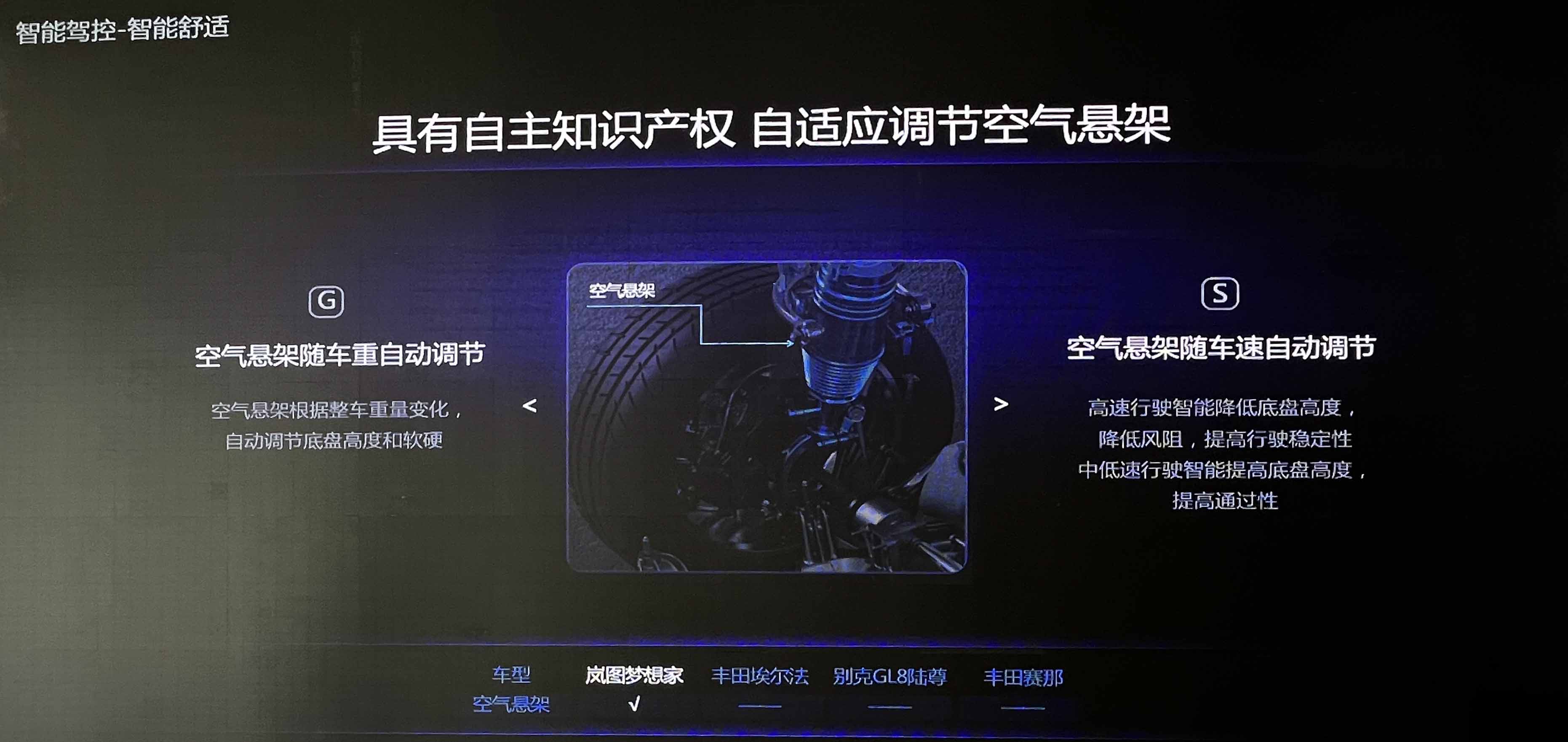 ## The driving experience of Landtu MPV equipped with “Magic Carpet” CDC shock absorber
## The driving experience of Landtu MPV equipped with “Magic Carpet” CDC shock absorber
As a mid-sized and large MPV priced between 369,900 yuan and 639,900 yuan, driving experience is essential for Landtu to be a dream home. Equipped with the “Magic Carpet” CDC shock absorber, the shock absorber is linked with the front camera of the car, which can scan the front road data 500 times per second and adjust the damping of the suspension adaptively at a frequency of 100 times per second to increase comfort. In addition, the suspension can also adjust the damping according to the pitch of the vehicle front and rear and left and right, which theoretically can suppress shaking.
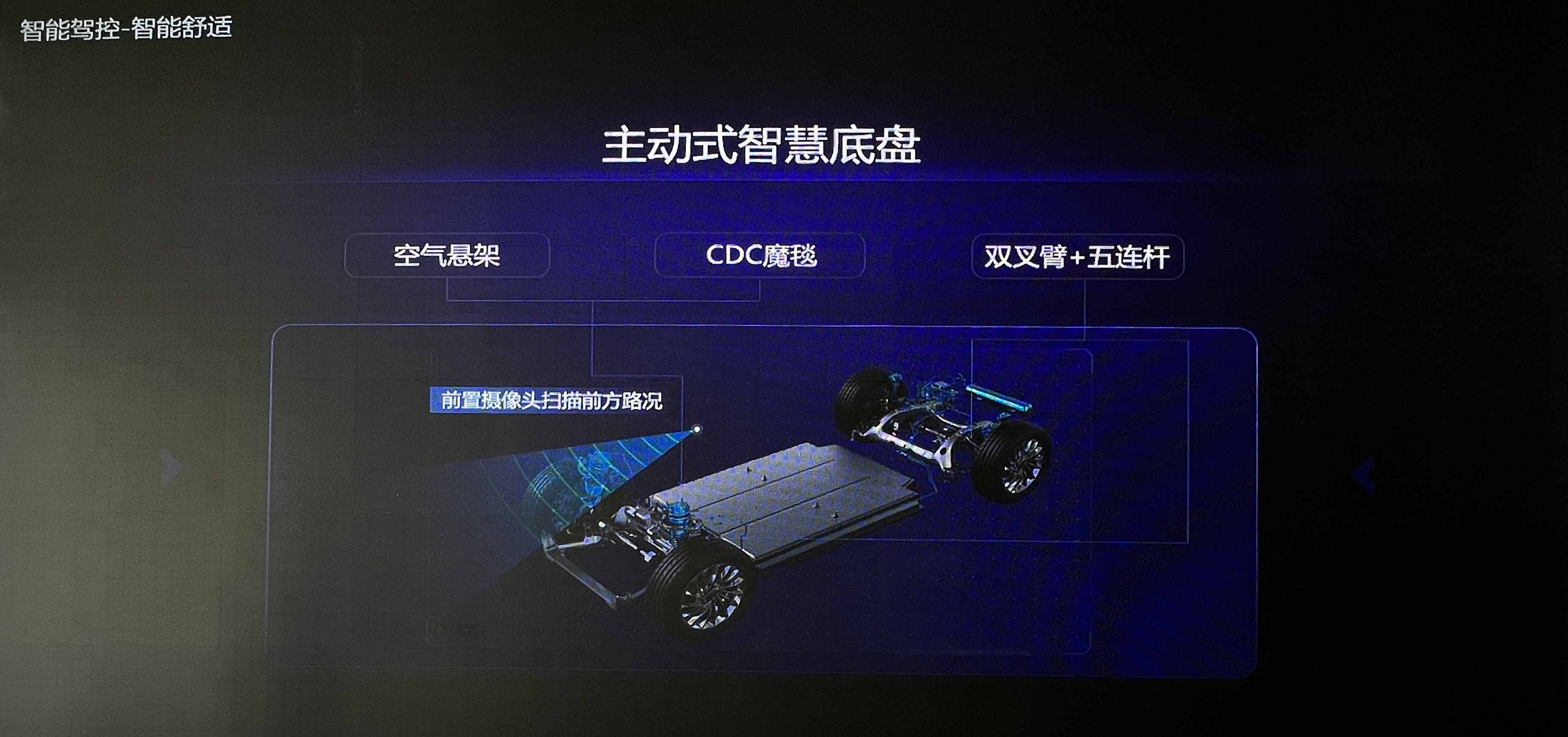
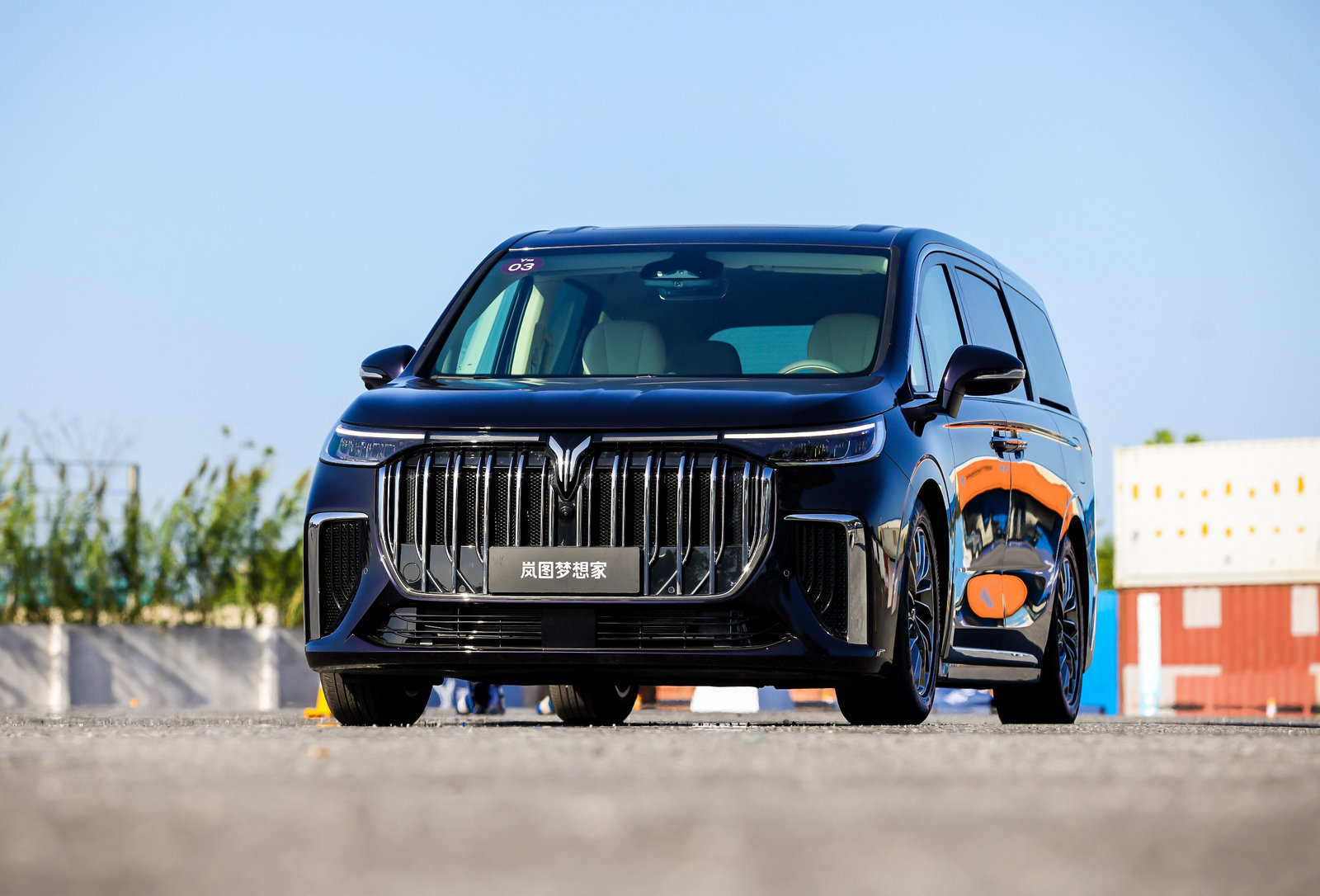
In terms of chassis configuration, Landtu has inherited the tradition of piling up materials since FREE. After discussing the paper information, what can such hardware configuration bring to an MPV?
At the on-site test drive event, Landtu confidently prepared the GL8, Senna, and Alphard as comparison models for Dream Home. The venue also set up a slalom section, an intensive deceleration strip, and a double-arched road, and everyone can freely choose to feel the cross-comparison between the models. However, it should be noted that except for Dream Home being a new car, the cross-experience is not 100% objectively unified due to differences in the condition of competitive vehicles and tire pressure.
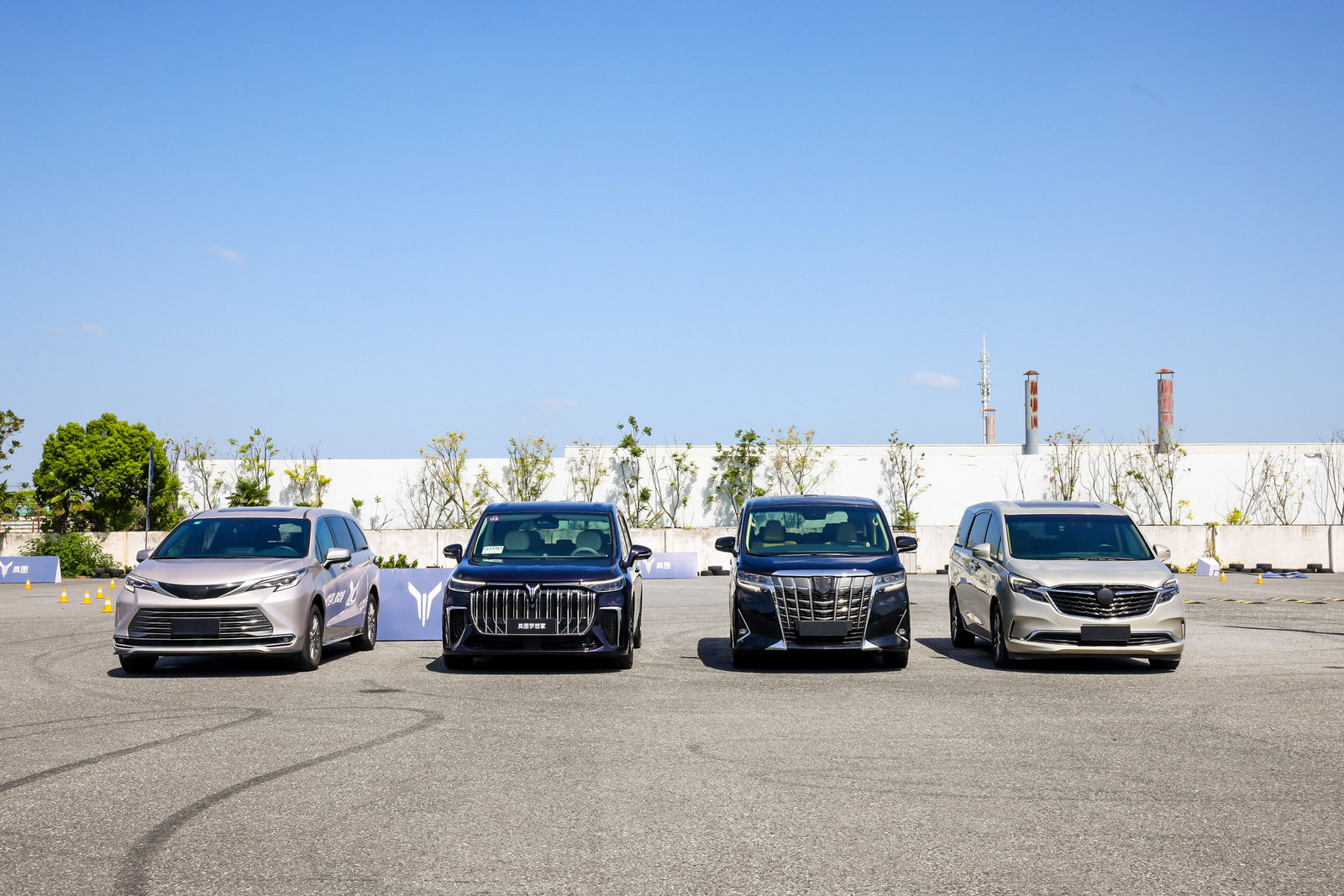
The first test was the slalom test. In the “High Energy Mode,” the rigidity of the Dream Home suspension will be increased to a certain extent, and the steering response will also become heavier accordingly. However, these are all relative to other modes of this car. After experiencing it, I found that even when the vehicle is in the “High Energy Mode,” the suspension still exhibits significant leaning during turning, and the steering is also easy-going.
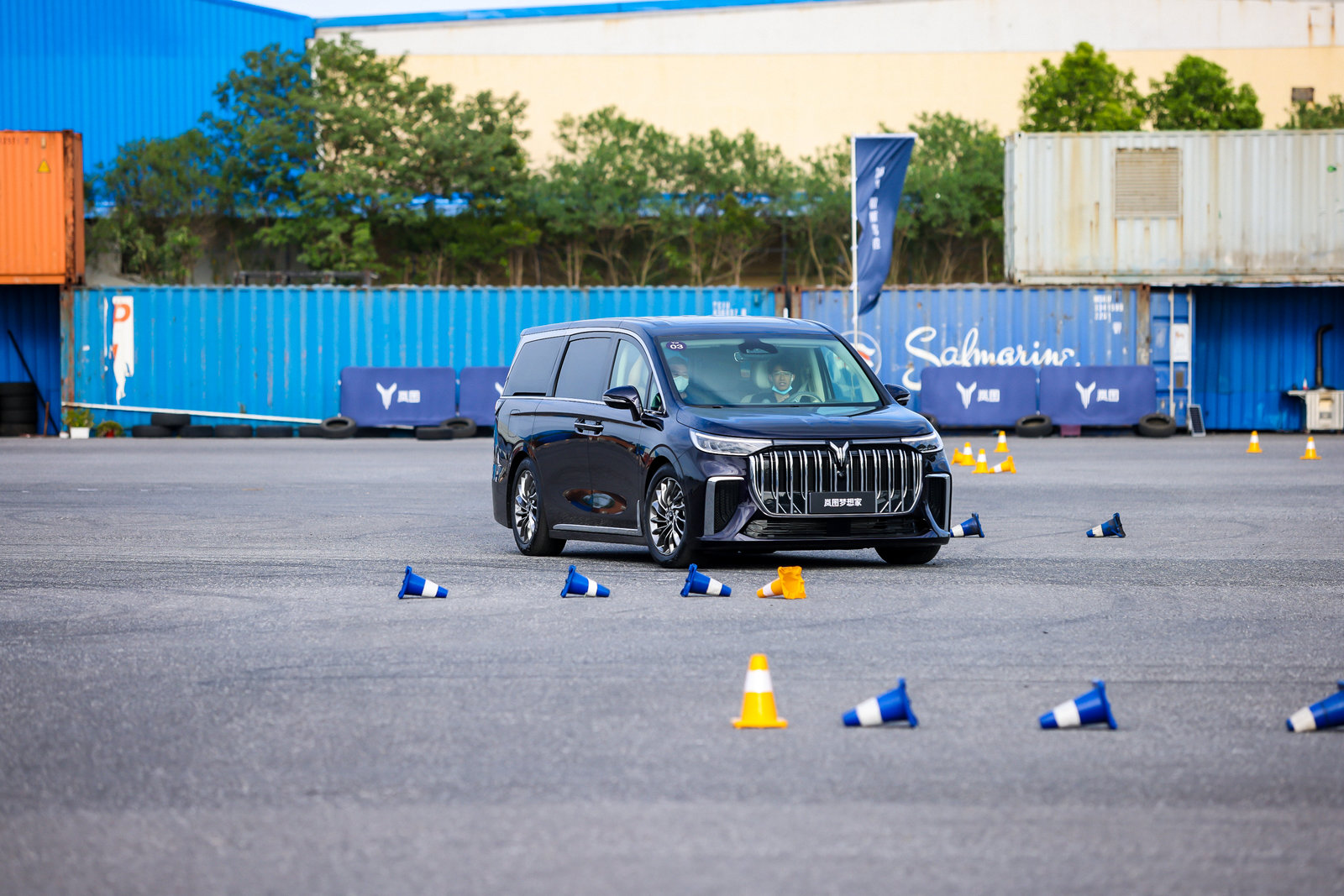
However, compared with the Toyota Alphard in the cross-experience, the body following capability of Landtu Dream Home is obviously much better. Believe me, the fear of driving the Alphard with the same intensity will be much greater.
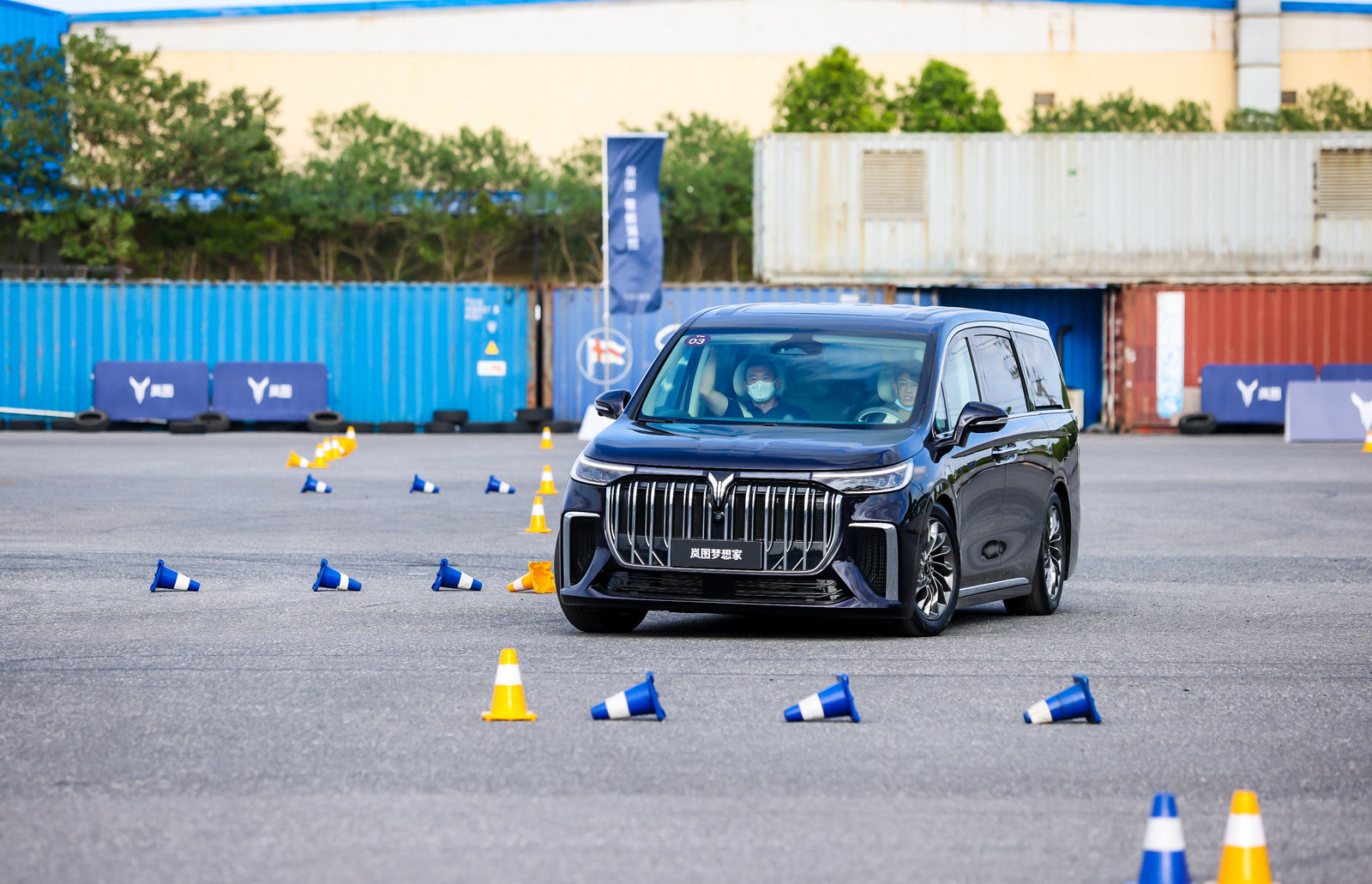
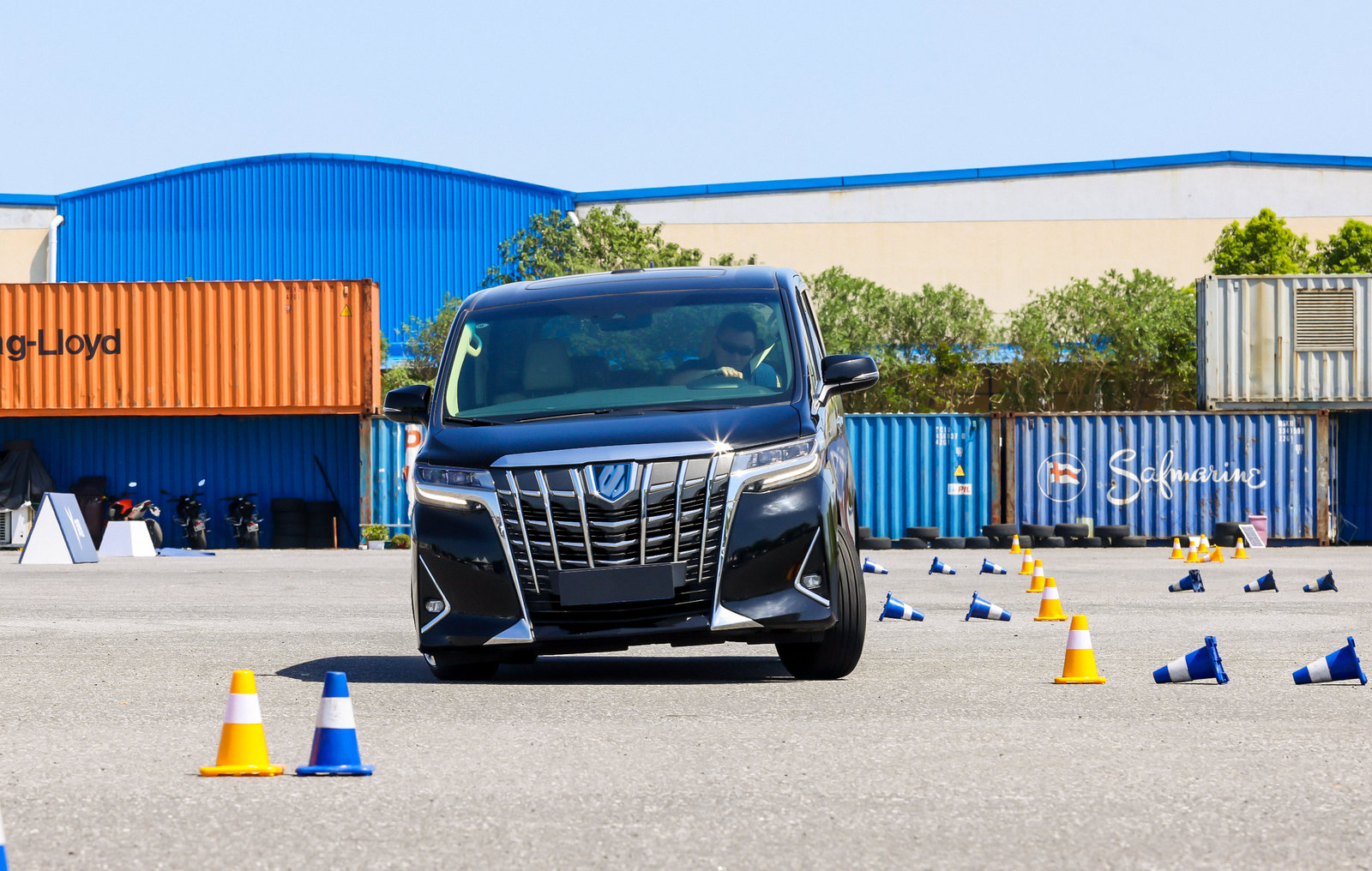 In the intensive deceleration zone and double hump section, both the Voyah for Dreamers and the competitor’s model were filled with a full 150ml cup of water for the backseat. After completing the tests in both projects, the model with the least amount of water overflow wins.
In the intensive deceleration zone and double hump section, both the Voyah for Dreamers and the competitor’s model were filled with a full 150ml cup of water for the backseat. After completing the tests in both projects, the model with the least amount of water overflow wins.
In these two sections, the comparison model I chose was the Toyota Sienna. Although the Sienna uses traditional coil springs, the comfort level is still high. However, due to the air suspension and CDC shock absorption of the Voyah for Dreamers, it slightly outperforms in isolation and toughness when passing through such a large bump.
In fact, this type of test scene is testing more extreme situations, and the comfortable air suspension of the Voyah for Dreamers is really good at filtering out small bumps on the road, creating a good “floating feeling.” So I am still looking forward to experiencing the driving on the road in the future.
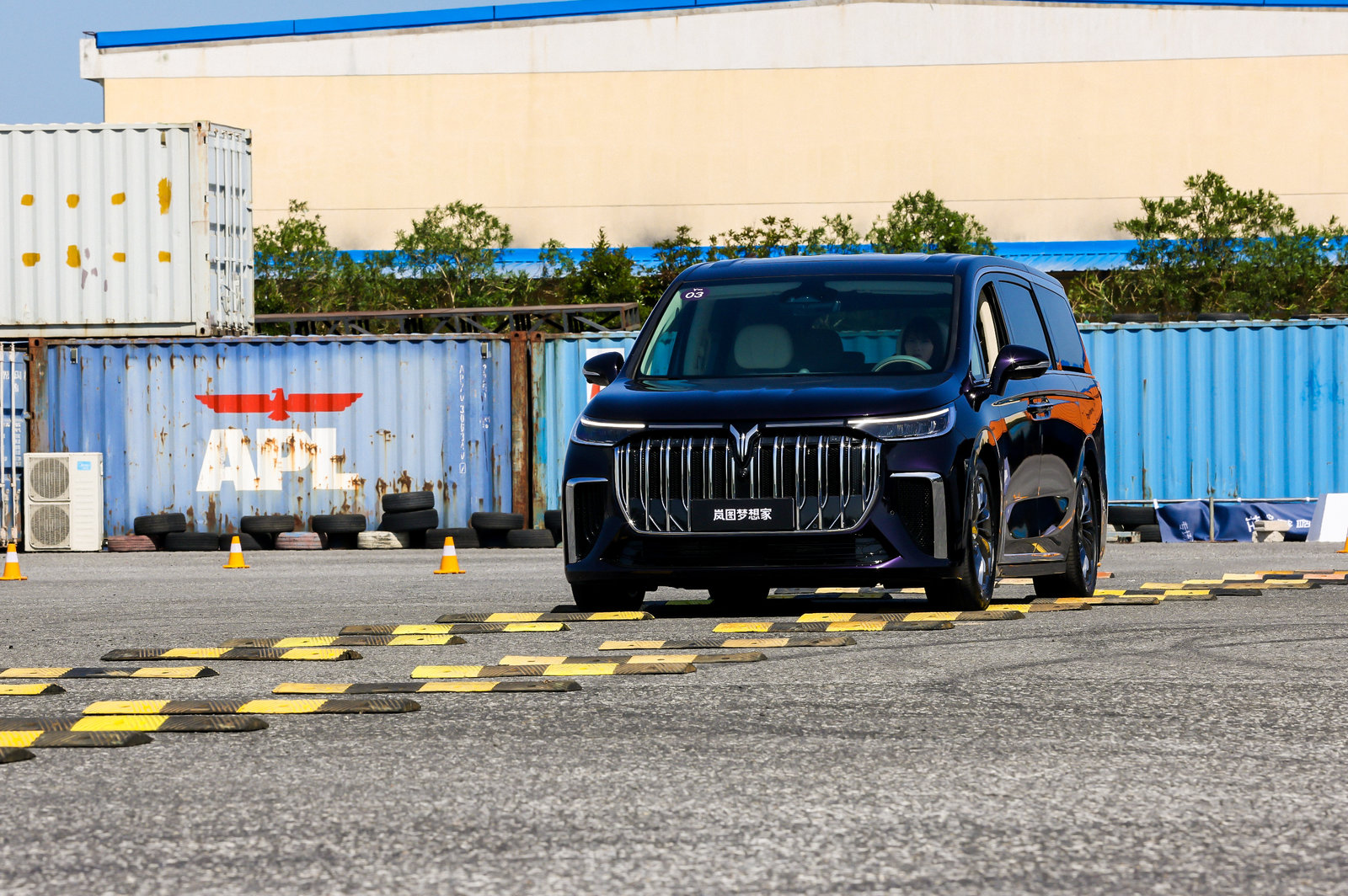
The flatness ratio of the Dreamer’s tires is 50, which is at a disadvantage compared to Toyota Sienna’s 65, but after driving both cars, the Voyah for Dreamers overflowed 10ml of water in the backseat cup while Toyota Sienna overflowed 40ml. However, it should be noted that due to site limitations, it is difficult to control the speed of cross-comparative driving during two tests, and this is a small test for entertainment purposes.
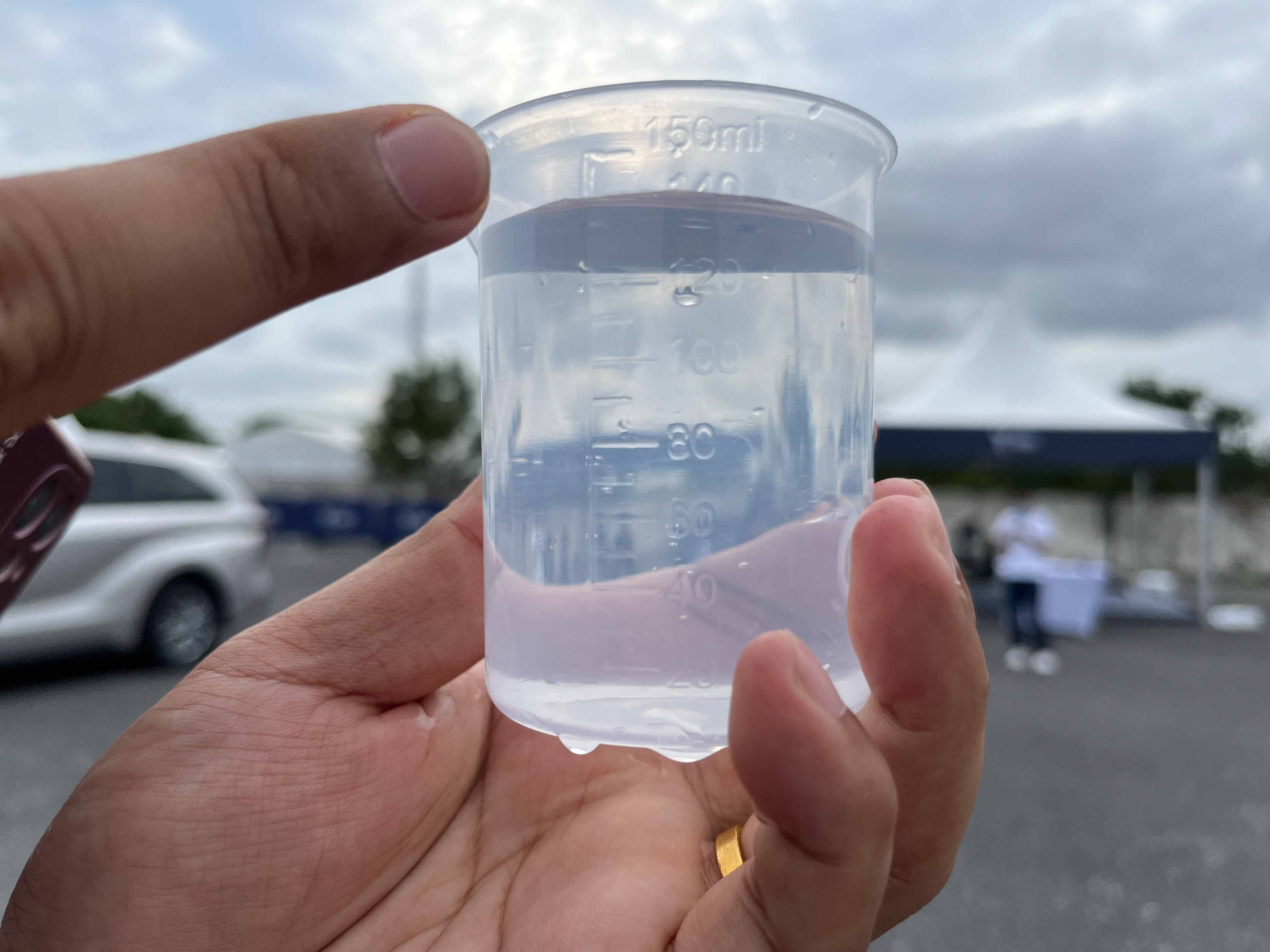
After the suspension experience section, we began the power experience section. From the dual-line of pure electric/extend mode to pure electric/hybrid, how is the Voyah for Dreamers’ new powertrain?
From extend mode to hybrid, speed is still the main melody
Compared with the extended range architecture on the Voyah FREE, the Voyah for Dreamers uses a single gear direct drive layout with the P1 and P3 architectures. The engine can be driven directly or in parallel according to speed and working conditions by the clutch between the engine and front axle. Theoretically, fuel economy will be improved.
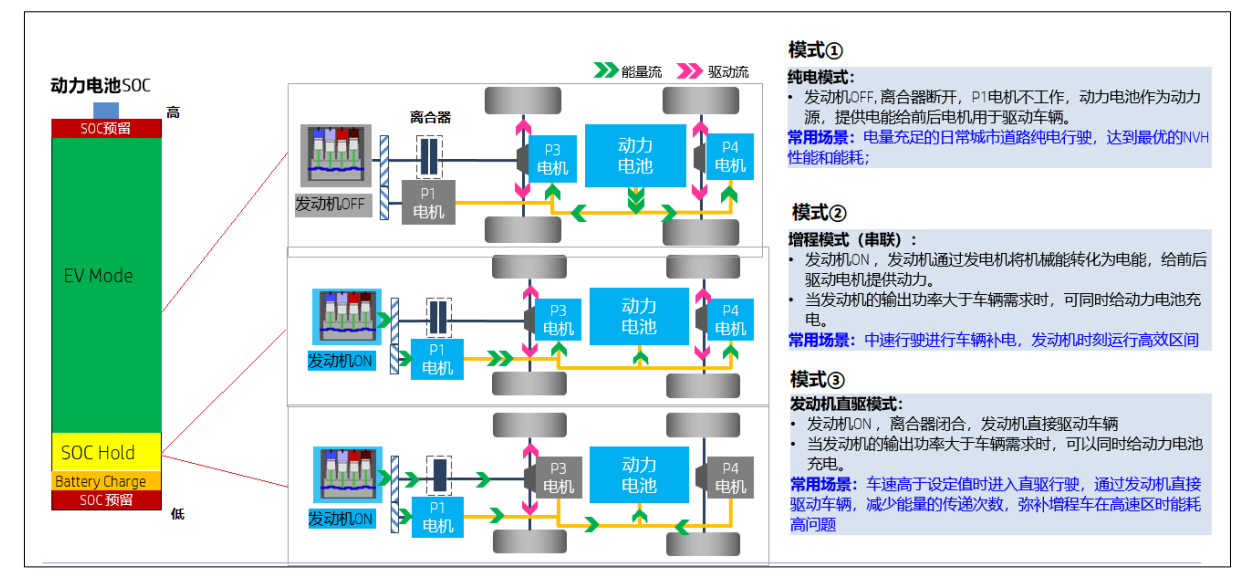
 In principle, the single-gear direct drive system with a clutch and the DM-i system of BYD are similar, achieving most of the work condition pure electric driving with the help of a large battery pack. The Dream Jet has three driving modes: “pure electric priority”, “fuel priority” and “intelligent selection”. In the “intelligent selection” mode, the vehicle can automatically judge according to the operating status, speed, driving style and other factors.
In principle, the single-gear direct drive system with a clutch and the DM-i system of BYD are similar, achieving most of the work condition pure electric driving with the help of a large battery pack. The Dream Jet has three driving modes: “pure electric priority”, “fuel priority” and “intelligent selection”. In the “intelligent selection” mode, the vehicle can automatically judge according to the operating status, speed, driving style and other factors.

The LanTu Dream Jet is equipped with a self-developed 1.5 TGDI hybrid engine by Dongfeng, with a maximum power of 100 kW. The battery pack has a capacity of 25.57 kWh, and the official minimum fuel consumption in a low state of charge is 7.4 L/100 km. The hybrid version of the Dream Jet adopts front and rear dual motors, with a maximum power of 290 kW, a maximum torque of 610 N·m, and a 0-100 km/h acceleration of 6.6 seconds. Although it is slightly inferior to the pure electric version at 5.8 seconds, it is also the fastest in the MPV market.
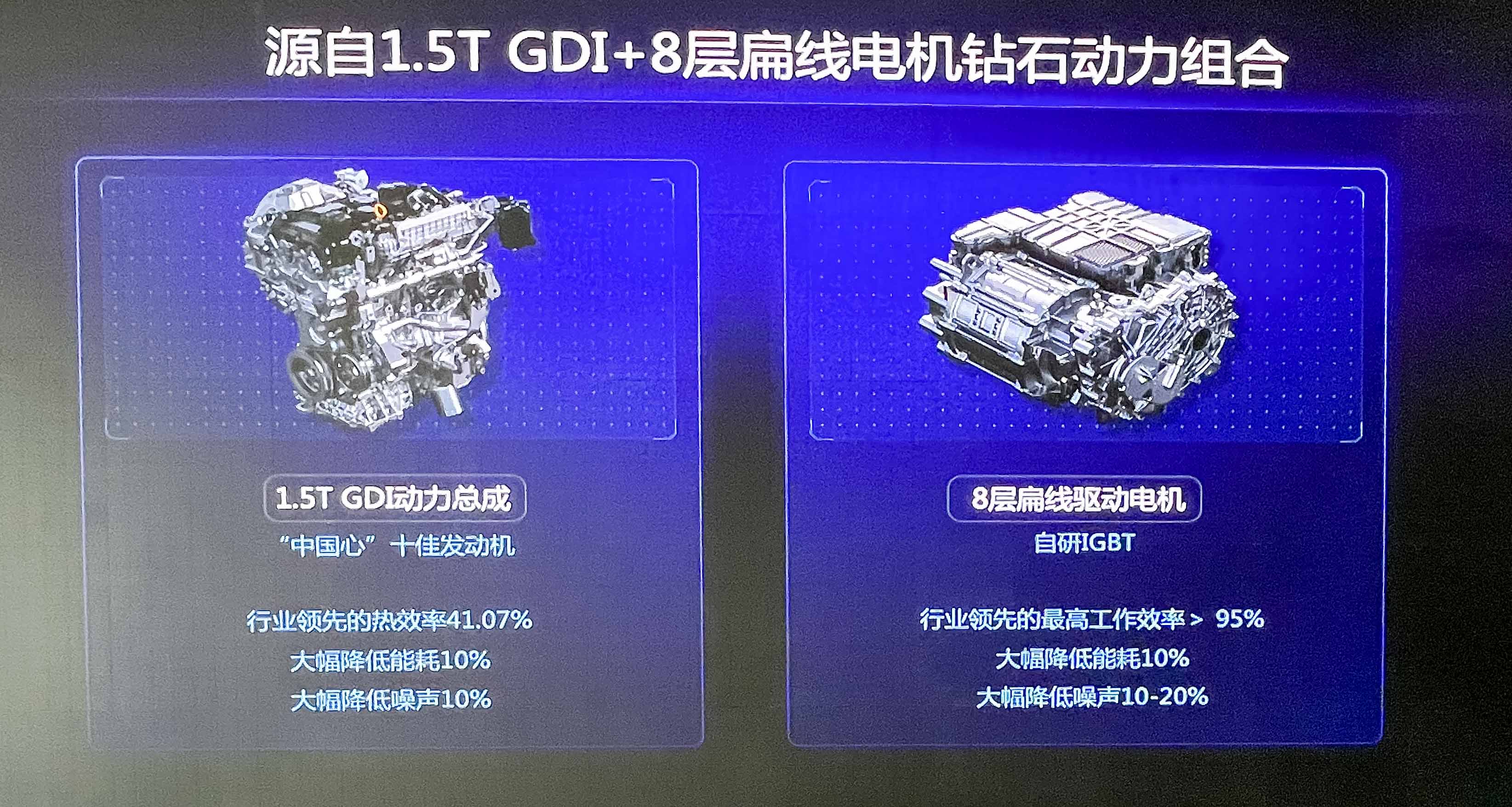
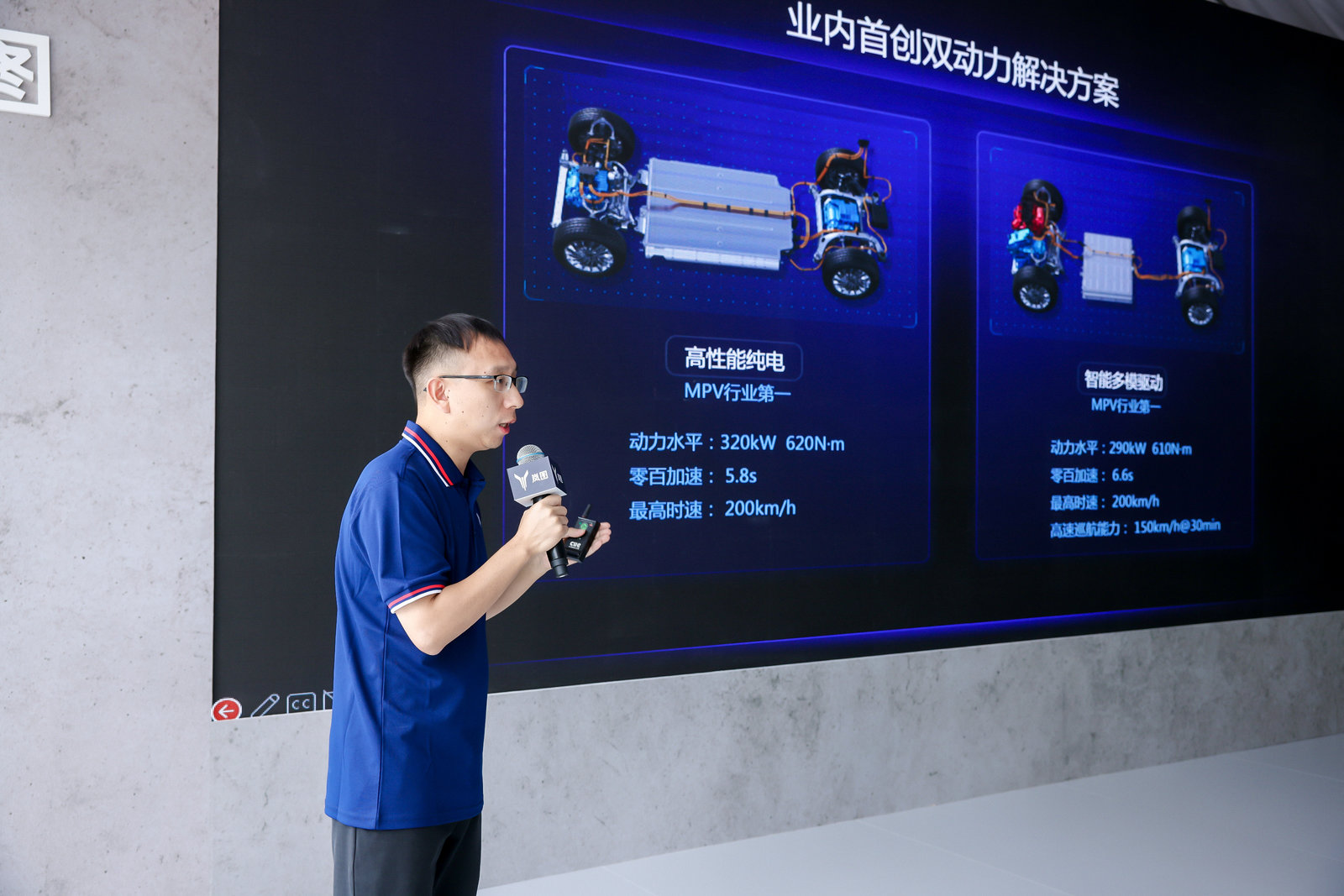
I did not have the opportunity to experience the performance of this system in daily driving, so if you want to know about the vibration, noise, and energy consumption levels of the hybrid version of the Dream Jet, you will have to wait for a future road test. The focus of this test was the straight-line acceleration experience, and the Toyota Alphard HEV, the “big brother” of MPVs with the 2.5 L engine, was chosen as a comparison object.
There was no surprise at the end, as the Toyota Alphard’s acceleration over one hundred kilometers was as smooth as butter, and the roaring engine sound did not bring any passion. On the other hand, the 6-second acceleration performance on the 2.5-ton Dream Jet could even make one feel a little fearful.
Before the Dream Jet, there seemed to be no MPV for track racing in zero to one hundred [kilometer per hour] acceleration. Although it was exciting, I still hope to experience the comfort of the Dream Jet in the future and be surprised as well, as it is an MPV after all.Not only does the Dreamer have better brakes than the Alphard, it outperforms the GL8, Sedona, and Alphard in terms of overall braking feel, stability, and consistency between front and rear axles. The Dreamer feels more like an SUV. The Alphard is not suitable for such aggressive driving. When braking hard, there are signs that the rear wheels are about to leave the ground, creating a fear of rollover.
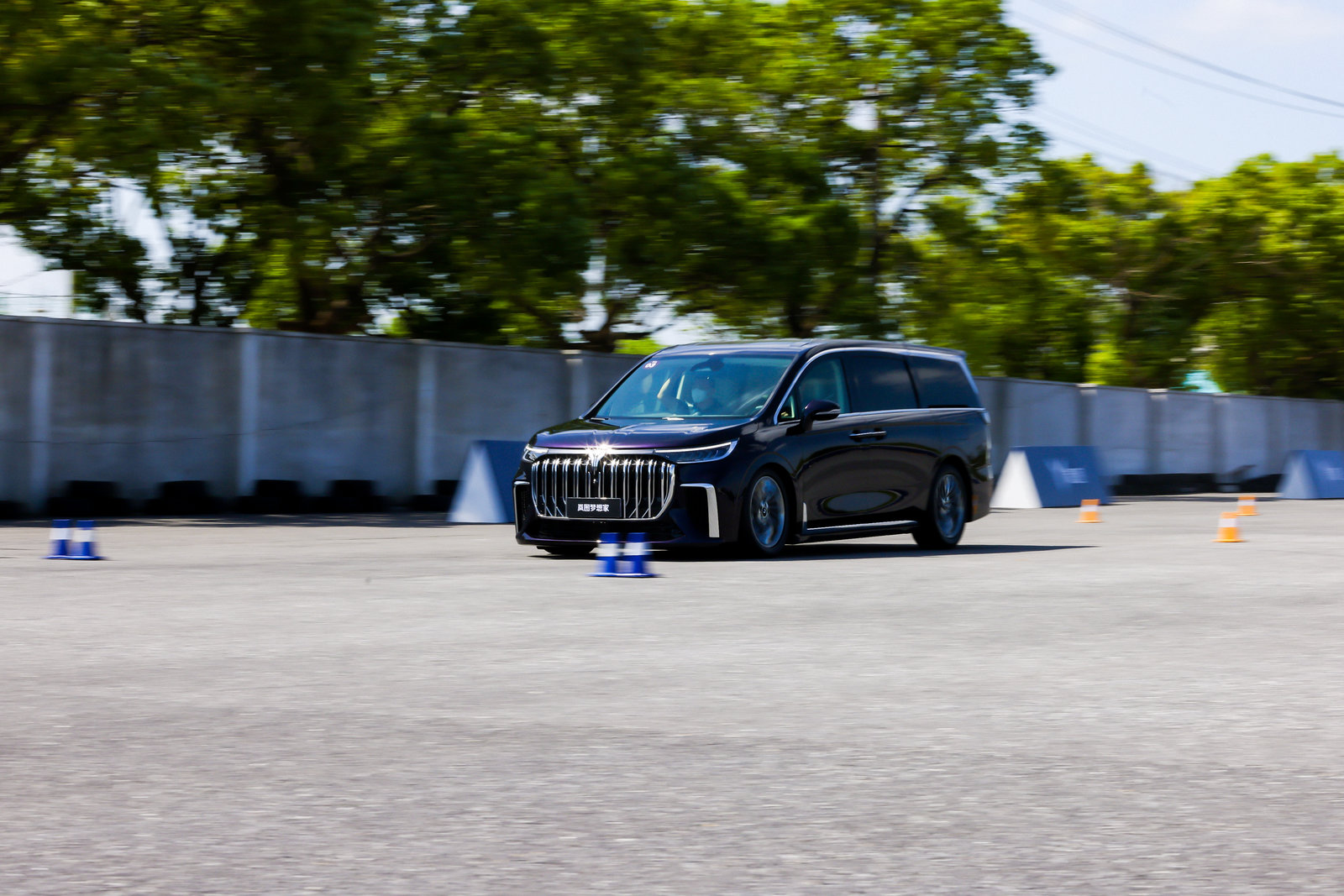
It is undeniable that in terms of absolute power performance and chassis hardware, the Dreamer leaves the GL8, Sedona, and Alphard far behind. However, after putting myself in the shoes of a potential Dreamer consumer, I found that performance and handling may not be as important. I hope that in the future, when comparing comfort, the Voyah Dreamer can confidently beat the Alphard and proudly announce that it has surpassed it.
From Black Box to White Box, Autonomous Driving is Expected to Improve
In the era of comparing autonomous driving and cabins with new energy vehicle companies, FREE, which has a long list of strengths in chassis and driving experience, seems somewhat out of place. These highlights may not be easily perceived by consumers, so it is understandable that FREE is at a disadvantage in terms of awareness.
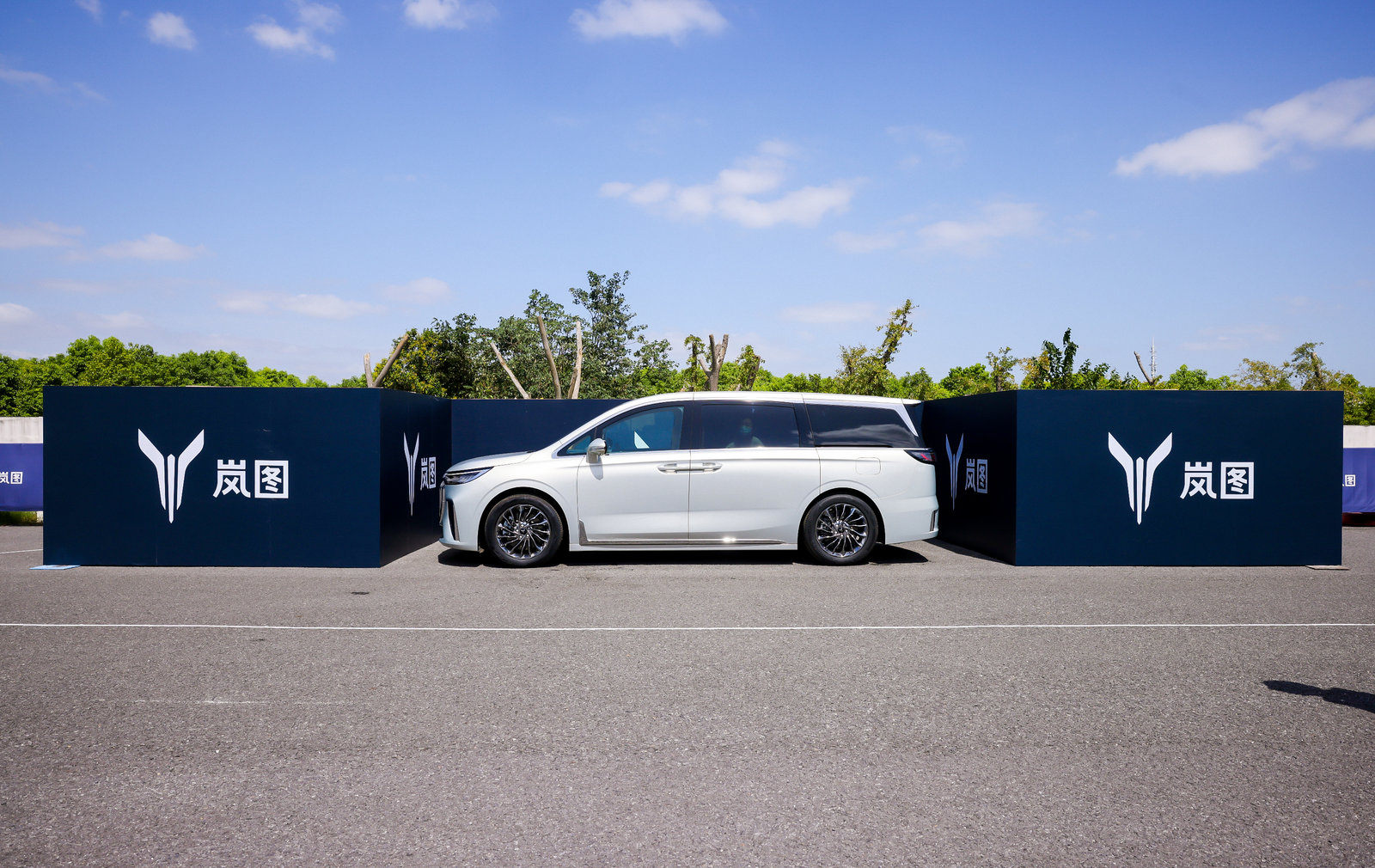
However, compared to FREE, the Dreamer’s autonomous driving may improve. According to the on-site product engineer, the Dreamer’s assisted driving solution has changed from Bosch’s black box solution to a supplier’s white box solution. In other words, the Voyah Dreamer has higher definition power, and its own team can participate in experience design, development, and polishing.
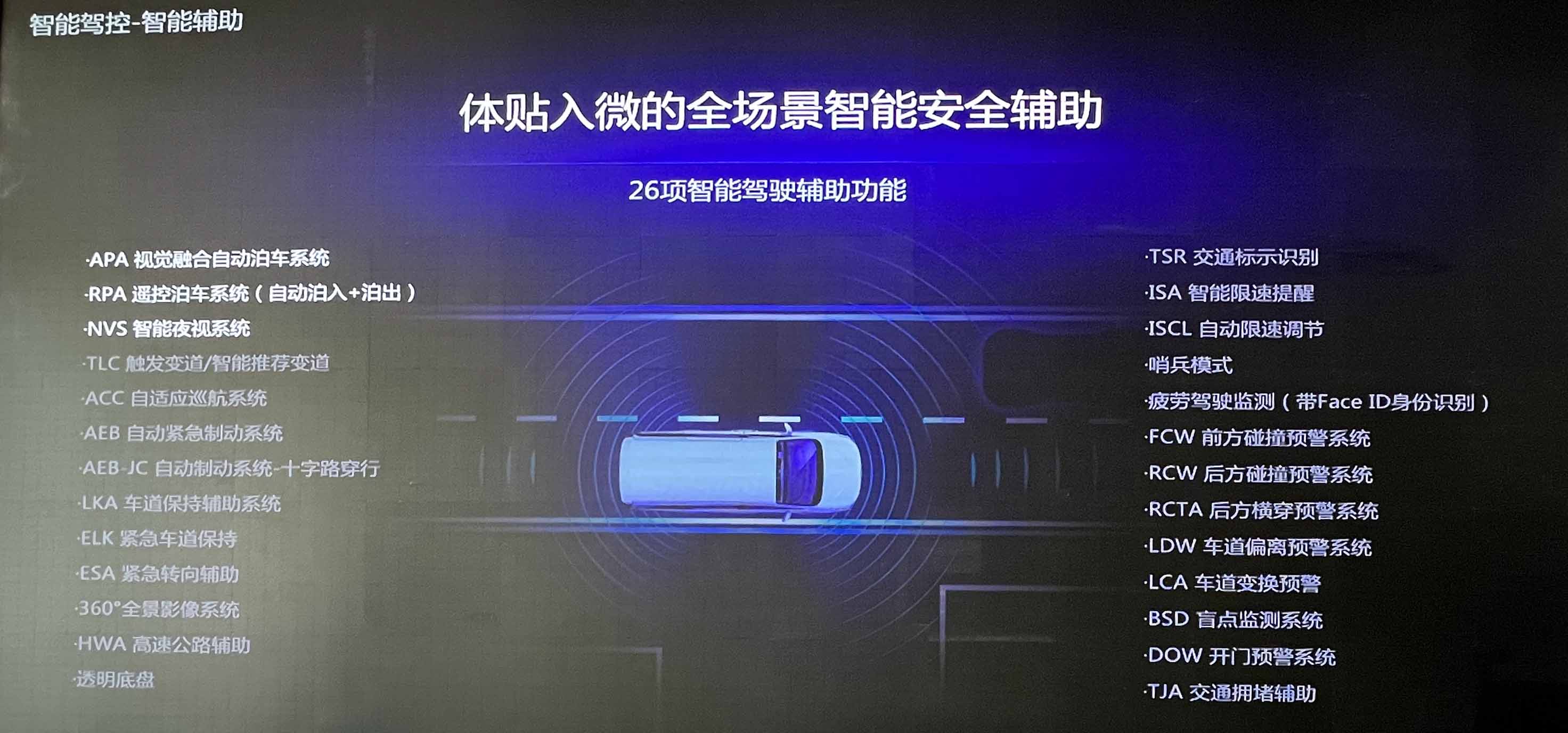
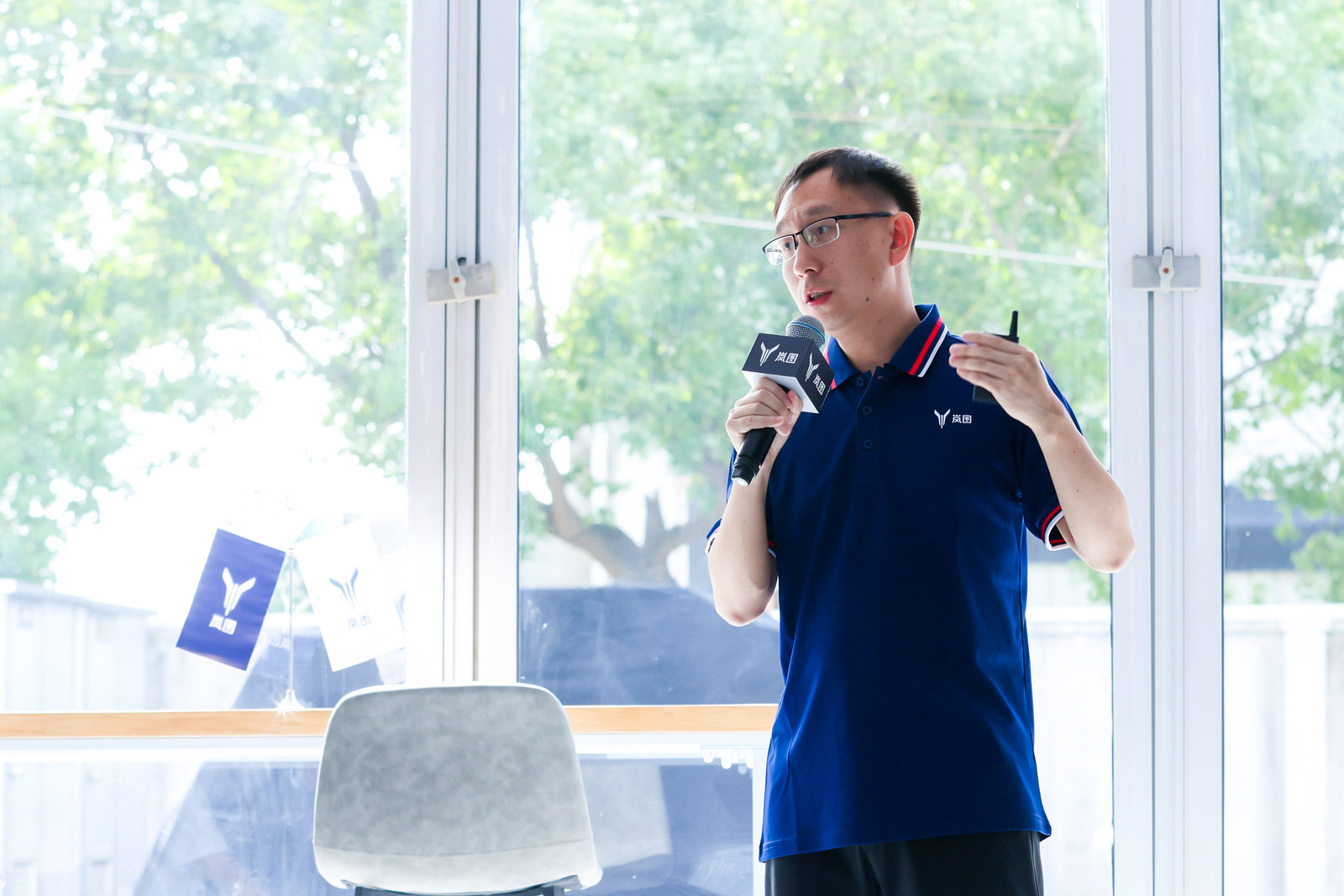
We have also seen some clues. The Voyah Dreamer demonstrated its APA full-scene automatic parking system/RPA remote control parking system during this test drive, and after experiencing it firsthand, it achieved a relatively excellent level in terms of parking space recognition, smoothness of operation, and execution strategy. I even think that this system is close to being “radical”: when moving the vehicle, the closest distance to the wall is nearly 20 cm, which looks frightening from inside the car. However, this also indirectly illustrates the Voyah Dreamer’s confidence in this system.
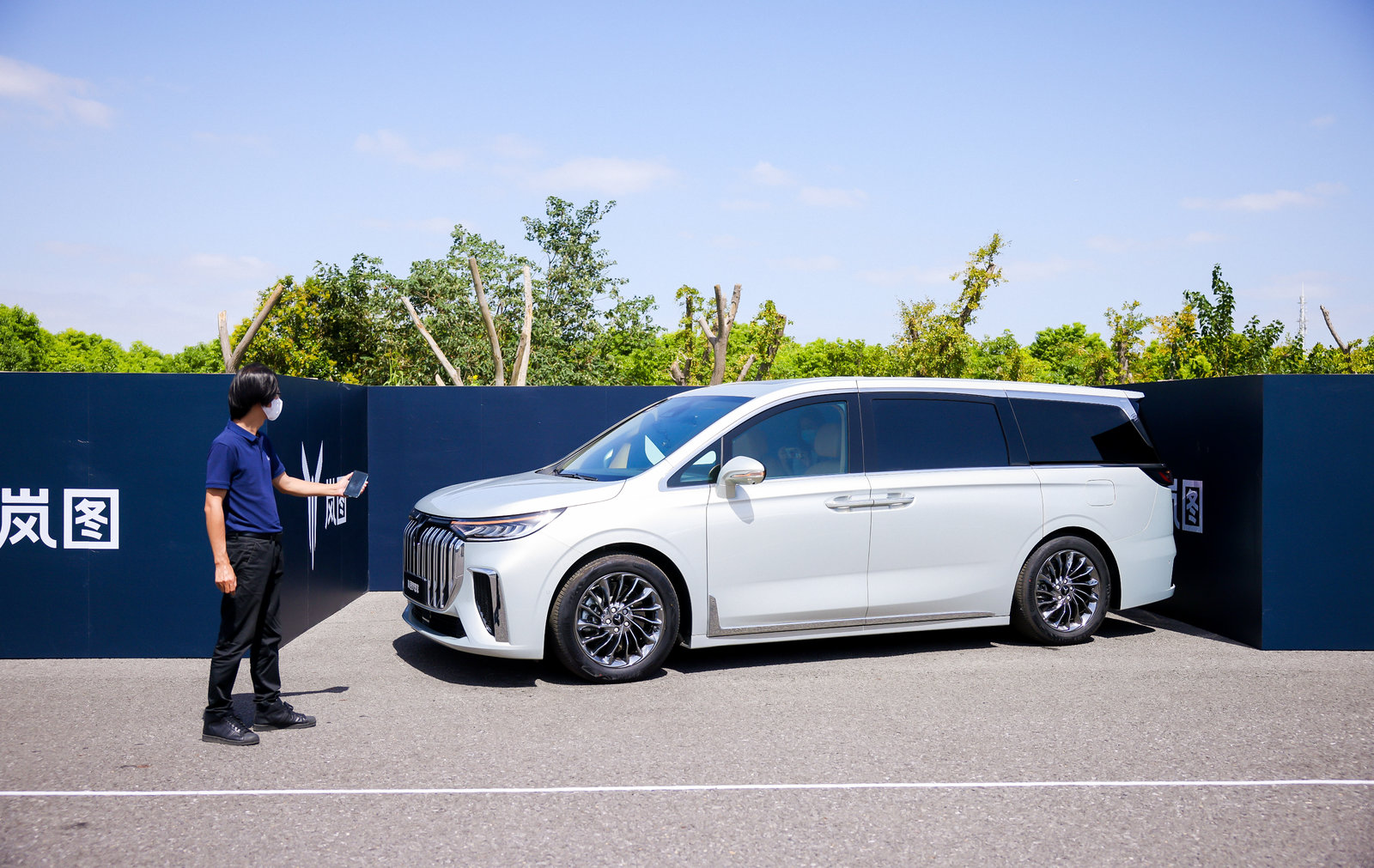 Remote-controlled parking in/out can be controlled through Bluetooth signals, and drivers can operate the vehicle with just one tap on the vehicle control app after getting out of the car, which is very practical for a 5.3-meter-long vehicle. The engineers explained that this system not only utilizes a total of 12 ultrasonic radar sensors, but also involves cameras throughout the entire process. In nighttime or dimly lit parking lot scenarios, the system can still function properly.
Remote-controlled parking in/out can be controlled through Bluetooth signals, and drivers can operate the vehicle with just one tap on the vehicle control app after getting out of the car, which is very practical for a 5.3-meter-long vehicle. The engineers explained that this system not only utilizes a total of 12 ultrasonic radar sensors, but also involves cameras throughout the entire process. In nighttime or dimly lit parking lot scenarios, the system can still function properly.
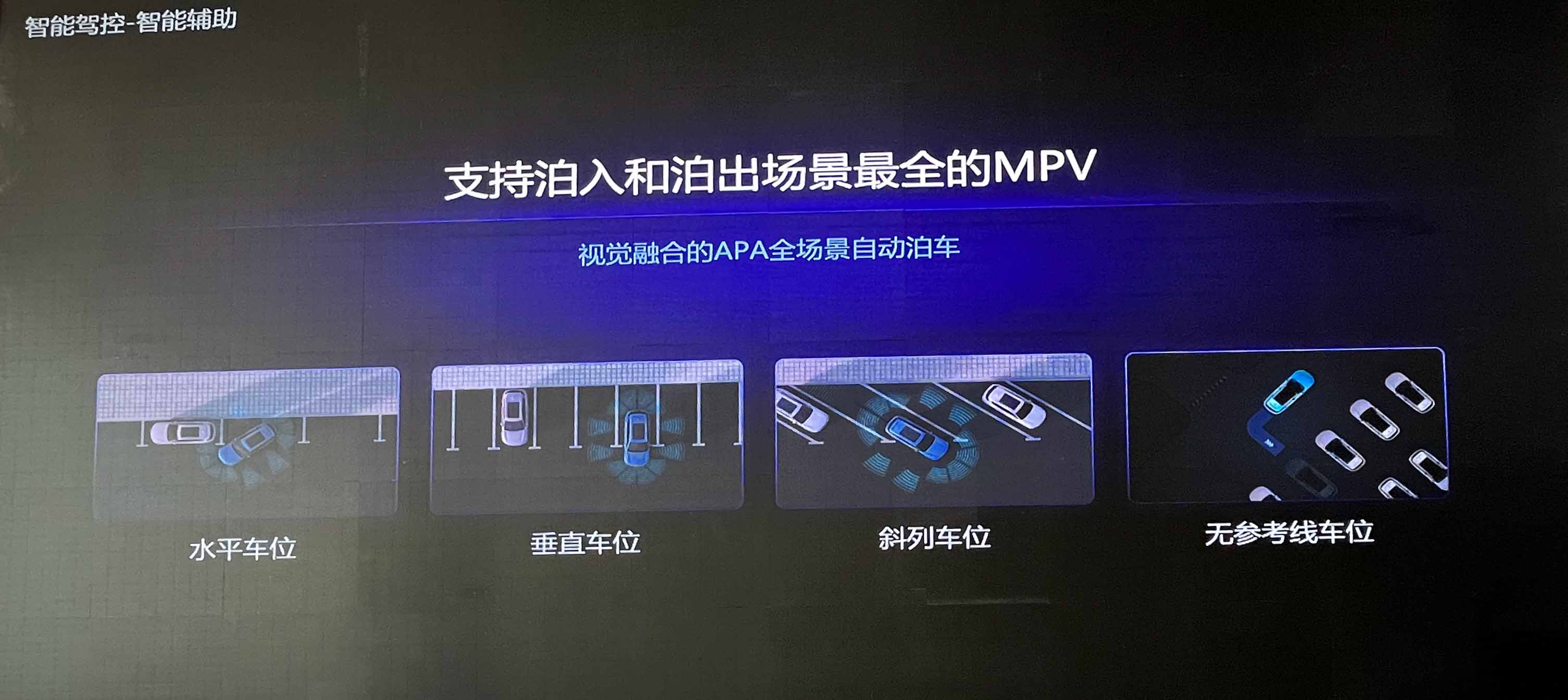
The FREE night vision system also appears on the Dreamhouse. The actual experience with this system is quite good. Not only can it recognize pedestrians on both sides of the road, it can also identify cyclists and pedestrians crossing lanes. The recognition distance is greater than 90 meters, with a wonderful recognition frame rate greater than 25 Hz, and recognition accuracy greater than 95%. In the live demonstration, with the low beams turned on, only the shoelaces of the pedestrian in front can be seen with the naked eye, and the body is shrouded in darkness. After turning on night vision, the driver can see clear images on the dashboard.

After seeing all of this, I’m really looking forward to experiencing how the basic assisted driving features of Dreamhouse will be improved.
Final Words
Just like its counterpart FREE, Dreamhouse also has excellent chassis qualities. Being the first to let consumers experience the handling and power of an MPV also confirms the confidence of LanTu’s tuning.
However, for consumers at this price point, the performance of suspension during quick acceleration, sharp turns, and rough terrain is not their primary concern. The usage scenario of 95% of users is daily commuting and long-distance travel. For a luxury mid-to-large MPV that needs to serve a long-term lifestyle, the daily experience is more representative.
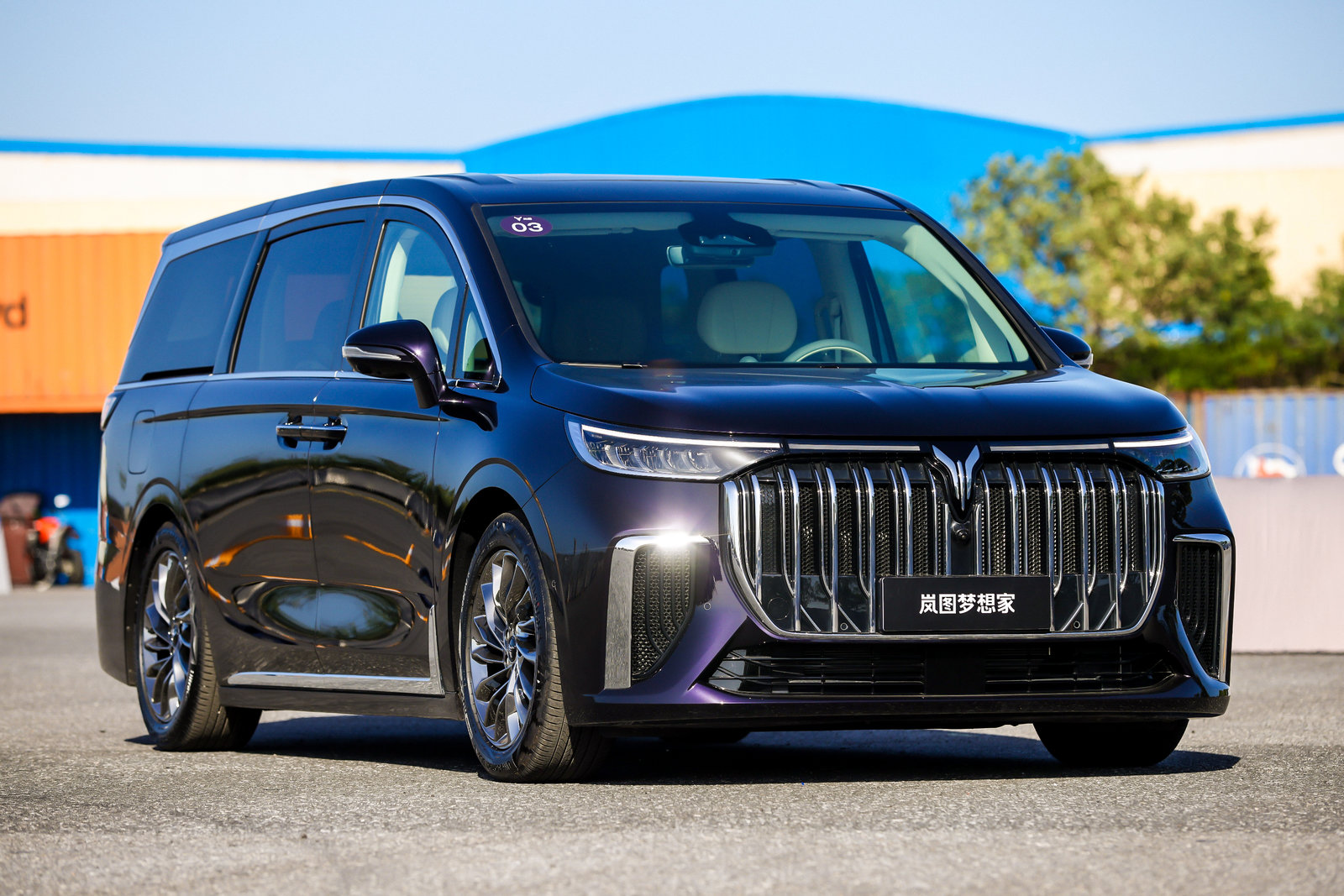
After experiencing the suspension performance of Dreamhouse in extreme situations, I feel relieved and more looking forward to future comprehensive feelings of Dreamhouse’s daily suspension performance and powertrain performance in urban scenarios.
This article is a translation by ChatGPT of a Chinese report from 42HOW. If you have any questions about it, please email bd@42how.com.
